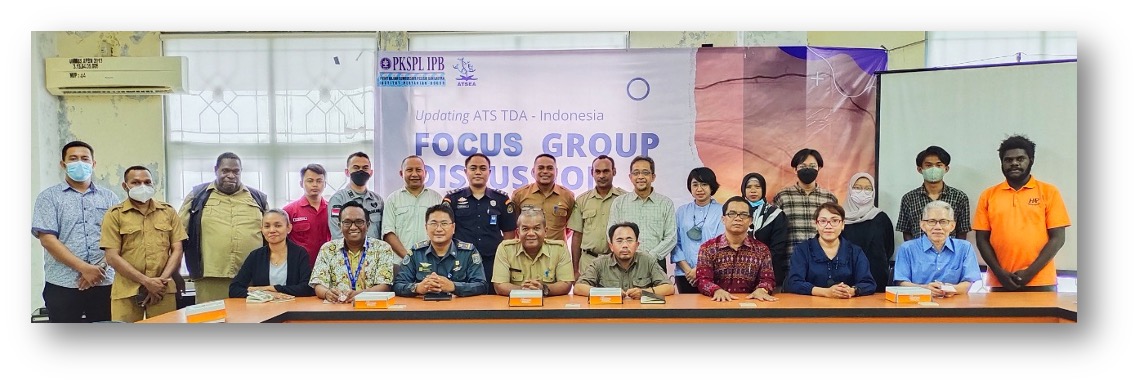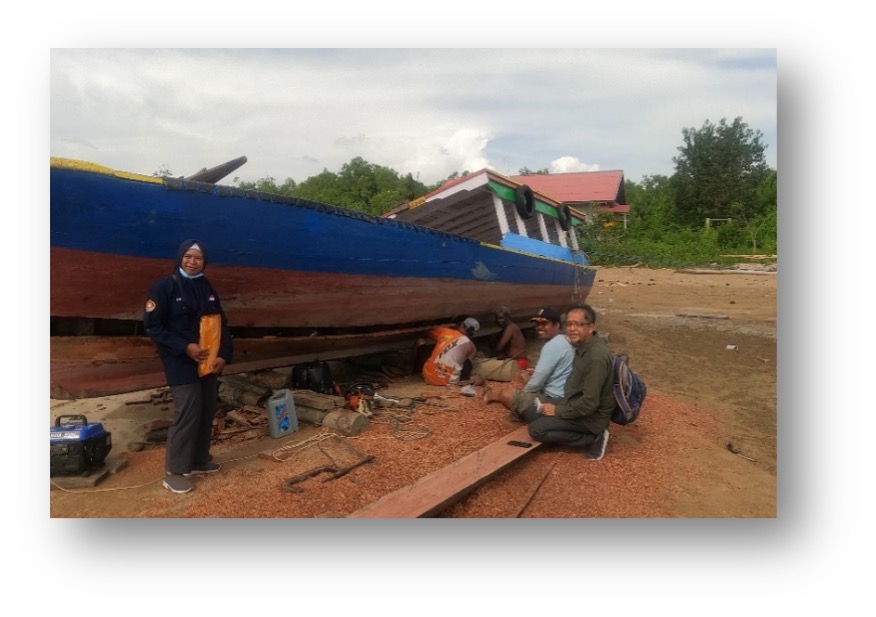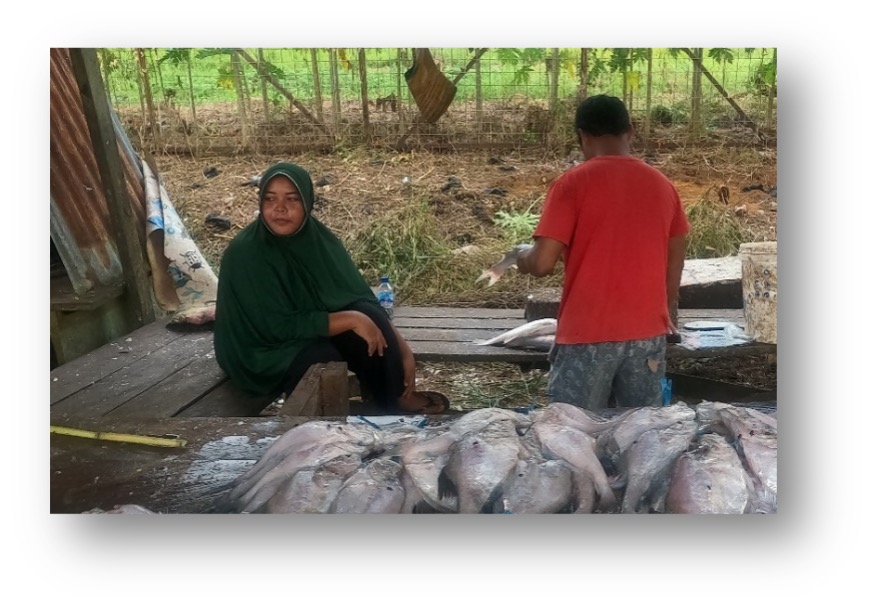Over time, the Arafura Timor Seas (ATS) have seen many changes in terms of governance, ecology and the socio-economic conditions of the area. In light of this ever-changing landscape, Transboundary Diagnostic Analysis (TDA) is one of the primary goals of the GEF/UNDP/PEMSEA ATSEA-2 Project. In the latest round of TDA, various information gaps and data shortfalls were identified and divide into six categories, namely gender, governance, socio-economic status, pollution, climate change and Ecosystem Approaches to Fisheries Management (EAFM).
The ATSEA-2 Project, working together with the Centre for Coastal and Marine Resources Studies – IPB University (CCMRS-IPB) as the national TDA consultant for Indonesia, conducted a primary data assessment survey in Merauke, in a bid to start filling in some of the crucial data gaps. The survey was held from 6–12 June 2022 and covered a total of three villages in Merauke. This survey used a combination of focus group discussion (FGD), index interview and observation as methods for primary data collection among relevant communities, local government and prominent leaders in Merauke.
Before any actual surveying took place, the team organised an FGD to explore all potential issues and aspirations related to transboundary issues and activities, including spatial information through participatory mapping. The discussion was attended by representatives of local government agencies and community members, numbering 30 participants in total. This group was led by Mr. Akhmad Solihin and Dr. Luky Adrianto from CCRMS-IPB, using a participatory approach. Dr. Adrianto noted that transboundary issues occurred, not only between national borders, but also at the provincial and district levels.


For the primary data survey, one-on-one interviews with members of the local community were conducted in the villages of Kumbe, Lampu Satu and Payum. In Kumbe, the team interviewed the head of the village, four fishermen and a middleman; meanwhile, in the village of Payum, the team interviewed three fishermen and a middleman. The team also met with Mr. Rustam, who is one of the 26 GT vessel owners in Kumbe Village, as well as most of the Kumbe fishermen, who identified snappers as their primary target and ‘gelembung’ (the swim bladder of the black jewfish [Protonibea diacanthus], also known as fish maw) as the secondary target.

During the interview, Mr. Rustam stated that he wasn’t aware of any changes in the ecosystem or climate during his fishing activities. However, he had noticed a change in the location of his usual fishing grounds: “yes, the location of the fishing ground has become farther than before,” said Mr. Rustam during the interview. “We don’t really know the reason, but it might happen because of the fishing competition,” he added.
In addition to collecting primary data, the team visited local government agencies such as the Regency Fisheries Agency of Merauke and the Environment Agency to request secondary data. The data required were fish production and water pollution data, respectively.

In the process of TDA updating, the ATSEA-2 Project is determined to balance scientific inputs, community aspirations and stakeholder perspectives. This is essential, because the TDA will subsequently provide the basis for technical and organisational updates to ATS countries’ Strategic Action Programmes (SAP); ultimately, this renewed understanding of the area and its challenges will be more conducive to sustainable development in the ATS region.
(By Ketut Listyani Sri Rejeki)


